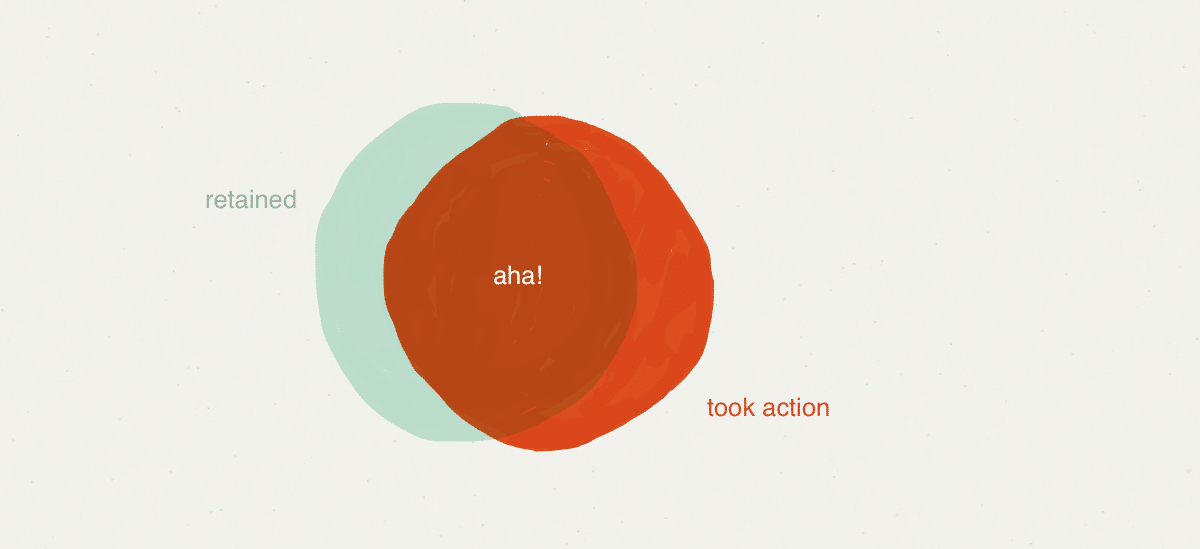

Additionally, understanding the different dynamic markings, such as forte or piano, can help you play the piece more accurately.įind out more about how to read sheet music for drums here.

These include the note values, which dictate how long a particular sound should be held, and the legend or key, which tells you which drum or cymbal to play. When it comes to drum sheet music, there are several crucial elements that you need to be familiar with. It’s also important to remember that drummers read sheet music differently than other musicians, as they are often looking at multiple pieces of sheet music at the same time. How to Read Drum Sheet Musicĭrum sheet music can look quite different from other instrument sheet music, as it is often written on a staff with up to five lines and is sometimes called a percussion clef. You can find more tips on how to read guitar sheet music here. Practice playing slowly at first to get the rhythm down, then gradually increase the tempo as you become more comfortable with the piece. Pay particular attention to the time signature, which tells you how many beats are in each bar, and the tempo marking, which indicates the speed at which the piece should be played. One of the most critical elements of reading guitar sheet music is understanding rhythm and tempo. Once you understand these basic components, you can begin to practice playing simple tunes while following along with the sheet music. This includes the clef, key signature, time signature, and notes themselves. The first step when it comes to reading sheet music for guitar is to become familiar with the different parts of a piece of sheet music. Here’s a complete guide that will cover sheet music – how to read for any instrument. However, if you aren’t a pianist, you might be wondering how to read sheet music for other instruments. In this post, we’ll focus primarily on how to read piano sheet music. To develop your skills in the most efficient way possible, you must start learning how to read sheet music right off the bat. Studying the piano and learning how to read sheet music go hand-in-hand.

It can be challenging to learn how to read sheet music, but it’s vital. Knowing how will give you an advantage in musical situations.
#AHA MOMENTS NOTE SHEET PROFESSIONAL#
Whether you want to casually play the piano at a party or tickle the ivor ies like a professional in a dimly-lit cocktail lounge, developing your music reading skills is the first step. But how do you make those musical dreams become a reality ? We’ll cover all of these topics in this article.Īfter all, w e’ve all heard a tune on the radio and thought, “Wow, I would love to be able to play that.” And we’ve all been envious of friends and family members who have performed in bands, constantly fantasizing about rocking out on stage with them. Then, all you need is to practice starting with beginner piano sheet music. You simply need to learn the names of the lines and spaces on the musical staff, understand note values, and then discover how the symbols on the page relate to your right and left hands on the keyboard. Learning how to read music notes may seem complex, but it’s simpler than you think.


 0 kommentar(er)
0 kommentar(er)
